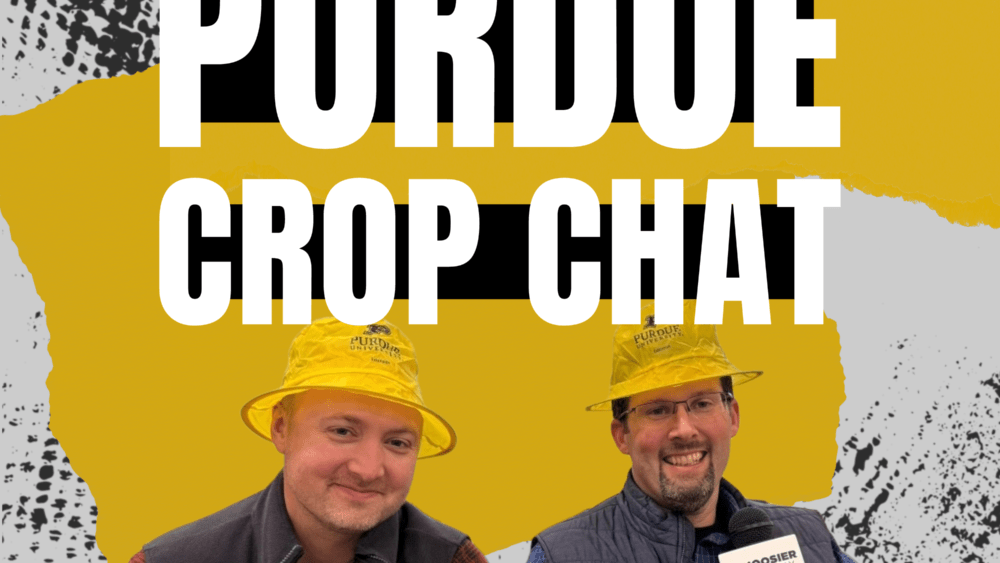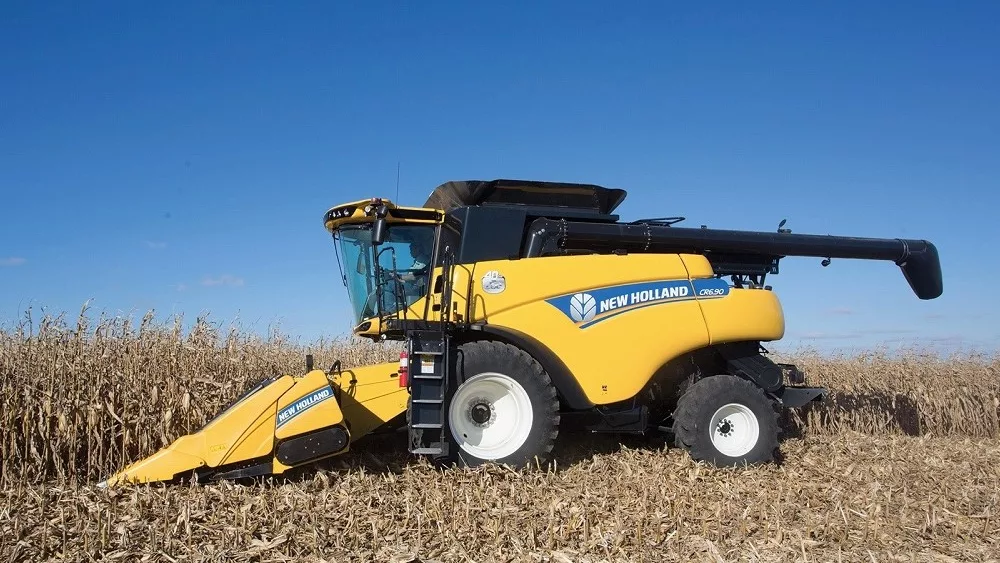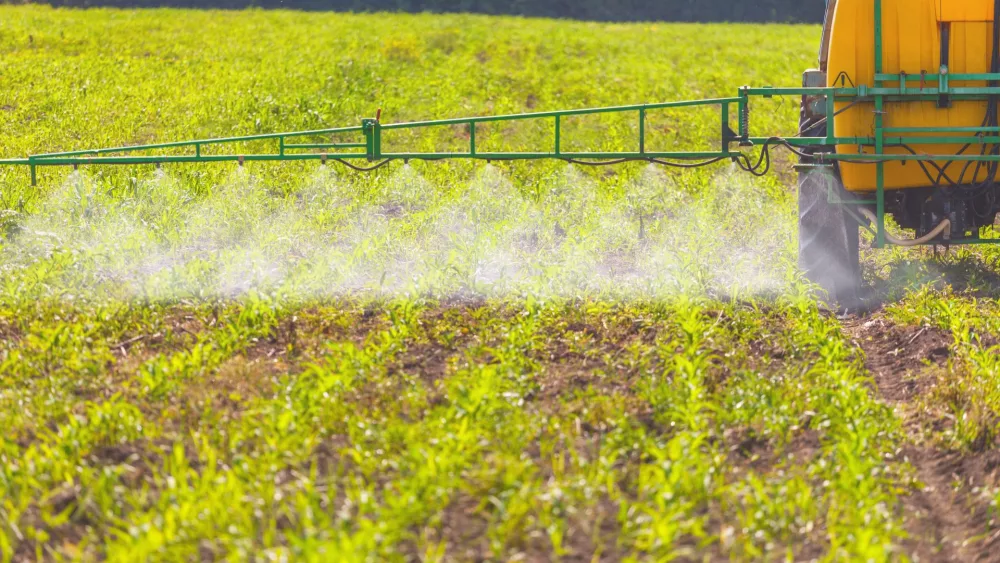There are a lot of uncertainties out there right now in agriculture that are impacting the grain markets. Some of those include the war in Ukraine, how big of a buyer of US exports will China be going forward, how many acres will get planted in South America, and, of course, the weather and its impact on yield here in the U.S.
We might get some answers this week on crop conditions as crop tours get underway, but ag economist and director of the Purdue Center for Commercial Agriculture Jim Mintert says, “Nobody knows what’s going to happen, right? So, risk management is about recognizing that you don’t know what’s going to happen and taking advantage of opportunities.”
Mintert joined us on the most recent Purdue Crop Chat Podcast, found now at hoosieragtoday.com, to discuss marketing strategies and what he gleaned from the most recent USDA WASDE report. Mintert says seasonal patterns suggest marketing some corn and soybeans in the spring between late May to early June.
“So, this past spring when you had some very profitable prices, you should have been doing some marketing. You can always debate, looking back on it, maybe should have done more, but the key point was to do some at that point and then see what happens. And the same thing is going to apply now with respect to what happens over the course of the winter.”
Looking ahead, Mintert recommends, “If you haven’t made those sales and you’ve got storage available this fall, take advantage of it. [There’s] relatively low risk into the end of the year and the beginning of 2023 and then see what happens.”
Mintert recommends a similar approach to securing inputs. He’s been reading articles asking if now is the time to lock in fertilizer prices like it turned out to be last year.
“Last year it was a great strategy… my bias would be to treat it a little bit like commodity prices in the sense that you don’t know what’s going to happen. So, therefore, you do a portfolio. You don’t lock in everything at this point, but you don’t stay completely open either because you simply don’t know what’s going to happen to fertilizer values going forward.”
Again, hear much more in the Purdue Crop Chat Podcast with Mintert as well as Purdue Extension Soybean Specialist Shaun Casteel and Corn Specialist Dan Quinn below. The podcast is presented by the Indiana Corn Marketing Council and Indiana Soybean Alliance.




